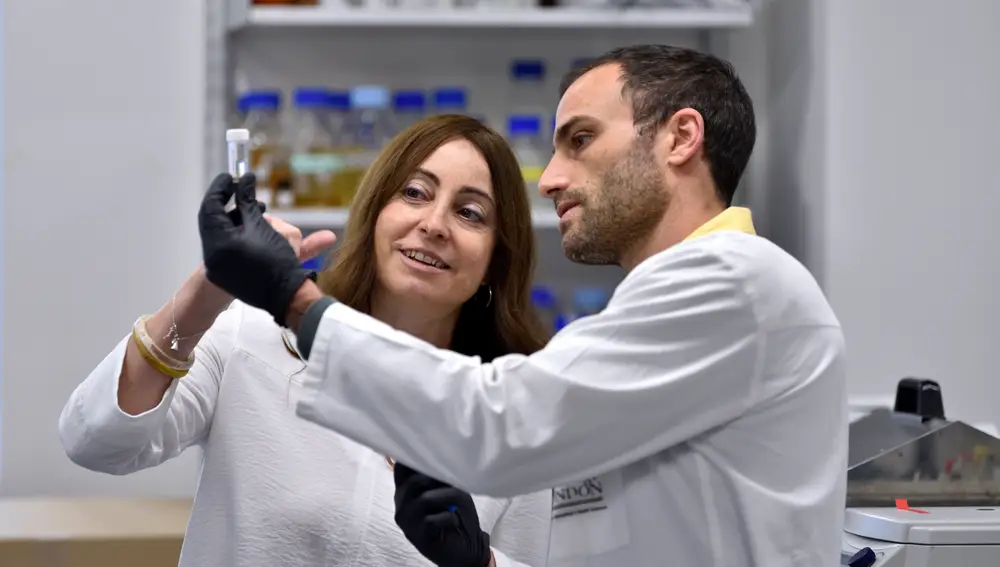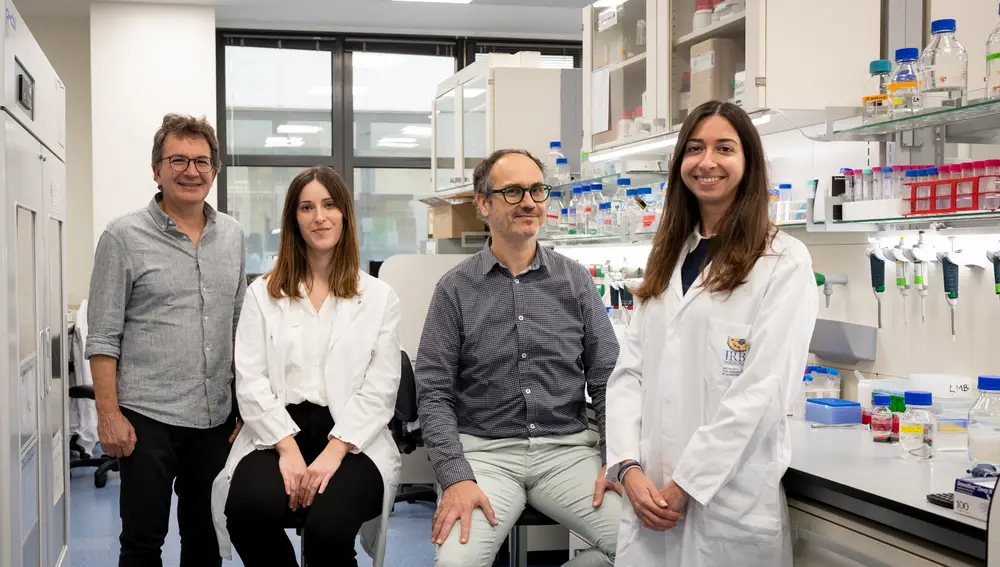
This is the research “made in Spain” that is cornering autism
- Michael Johnson
- 0
- Posted on
It is not a disease as such, but a condition of early neurodevelopment that can be embodied in very diverse ways. Autism, or autistic spectrum disorder (ASD), It affects the way a person communicates and interacts with the worldbut the truth is that there are not two people with autism the same. “Some They present challenges in their communication and socializationas well as repetitive behaviors, restricted interests, less tolerance to atypical sensory changes or responses, ”he details Aránzazu Hernández-Fabiánneuropediatra and member of the ADHD working group and neurodevelopment disorders of the Spanish Pediatric Neurology Society (Senep).
The most accepted autism prevalence worldwide is Between 1-2%, and the average age of diagnosis in Spain is around four yearsconfirming the need to continue investing in research. And there is progressing with promising steps and with a Spanish accent thanks to the determination of scientists in our country, as it will be revealed the next few days June 10 and 11 in Madrid during the VI Neuroscientific and Educational Days of the Amazing Foundationfocused on children’s neurological diseases and language disorders.
Among the most outstanding presentations that will show the advances that are taking place in the study and understanding of autism, the Dr. Beatriz RicoProfessor of Neurobiology of the King´s College in London and responsible for the Research Group Development of Neuronal Circuits and Brain Disorders, considered one of the world’s greatest experts on this subject. «Our research work focuses on understanding how neurons connect during development and what happens when something fails in that connection process»explain to your health. Rico will also detail the advances achieved in his research work to see how early empowerment and learning help improve development. «The hypothesis we had behind is that There should be something that made the learning circuits more efficient during development and that is just what we are studying in animal models. Now we begin to understand that some genes involved are changing and improve the effectiveness of the circuits. Also what we are doing is Understand what happens in these circuits when something fails to, from there, generate the pharmacological, genetic or cellular targets that could modulate that mechanism »details.

Although it is far to offer an alternative to patients, Rico is optimistic, because it considers that “we are at a turning point that invites you to think positive, since there are many jobs in progress.” In fact, another of the most promising also has a Spanish accent, thanks to the arduous work by doctors Raúl Méndez and Xavier Salvatellaof the Biomedical Research Institute of Barcelona, which They have managed to decipher the code of 24 chemical letters that can reverse autism. Specifically, all part of José Lucas’s scientist’s discovery, who seven years ago found the relationship between the lack of a microexon in the CPEB4 protein and idiopathic autism, which is equivalent to 80% of cases. Well, now, Méndez and Salvatella, along with his companions Anna Bartholomew and Carla Garcia-CabauThey have confirmed that the lack of that part of CPEB4 decreases the expression of determining risk genes for neuronal development. «Once the origin is understood, we can design several strategies to act. And we have seen three paths: correct the problem of origin; rectify it at the assembly level or leave out that protein assuming that others will carry out their tasks »says Salvatella.

There are many research carried out throughout the world on autism, but, as Méndez acknowledges, «in this particular approach We are pioneers and those who are better positioned to try to attack this condition of neurodevelopment here ». However, although there are reasons for hope, Salvatella insists that “these small steps are very flattering, since it opens the door of possible solutions, but none may end up being useful. The only way to know is to follow, follow and continue ». And they are.